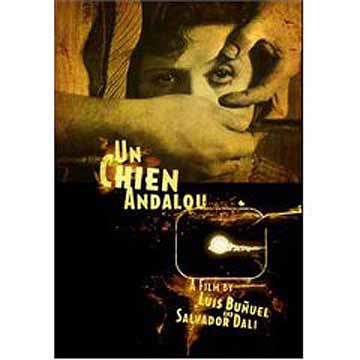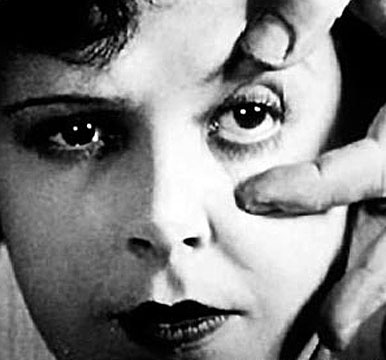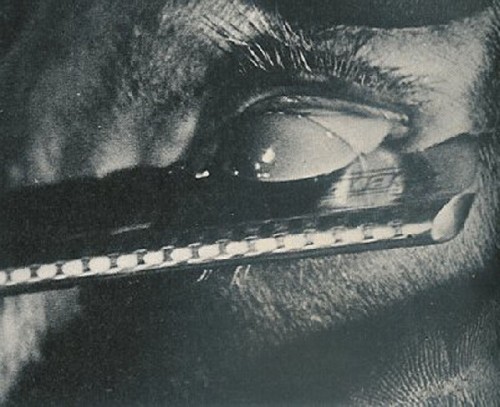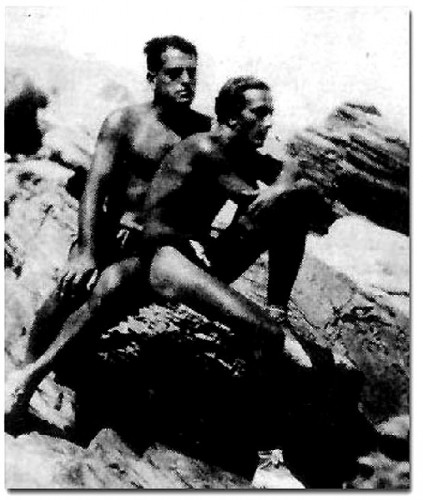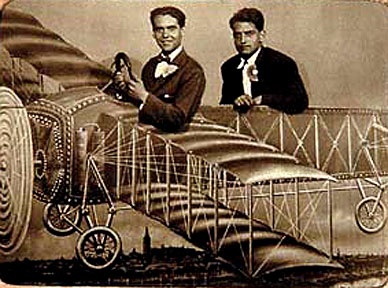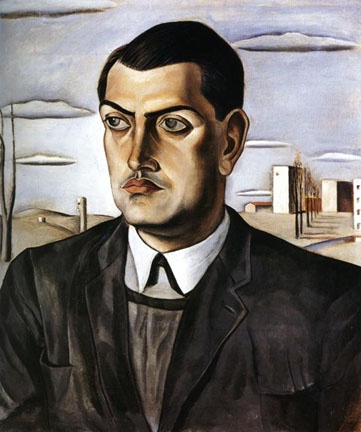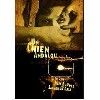Un Chien Andalou
Bunuel/ Dali Surrealist Masterpiece on DVD
By: Charles Giuliano - Aug 08, 2007
Un Chien Andalou (1929)
By Salvador Dali and Luis Bunuel
Starring Pierre Batcheff, Salvador Dali, Robert Hommet, Simone Mareuil
Running time: 16 Minutes, with additional features, including an interview with Juan Luis Bunuel, 55 minutes.
Black and White, sound track added in 1960.
DVD by Transflux Films, 2004. List price: $19.95
During the 1920s the great Spanish artists, the poet Federico Garcia Lorca (1898-1936), filmmaker, Luis Bunuel (1900-1983), and the artist, Salvador Dali (1904-1989), met at university where they became, for a time, inseparable. By 1925, Bunel moved to Paris following the death of his father where he joined the Surrealist movement with Dali. Lorca remained in Spain where he was tortured and executed by the fascist regime of General Franco.
The sixteen minute long silent film "Un Chien Andalou" proved to be the first and last collaboration between Dali and Bunuel. Created as a silent film, in 1929, it represents both the beginning and end, or at least a very long hiatus, of avant-garde cinema. During the original screening, attended by the elite of the Parisian art world, Bunuel played a series of phonograph records which he switched manually. According to his son, Juan Luis, in a compelling interview which accompanies this DVD release, Bunuel had stones in his pockets to pelt anticipated hecklers. That never happened as the film was well received and today occupies the highest level in the canon of classic cinema. The next film by Bunel "L'Age d'Or" which followed a year later (Dali and Bunel ended their relationship leading up to filming) caused a riot. It was considered anti clerical and was banned in France until the 1980s.
The falling out with Dali proved to be more devastating than the loss of a friend and collaborator. Bunuel struggled for many years and did not begin producing films again until the mid 1940s. Dali denounced him as an atheist and communist in an autobiography. This caused him to be fired from a modest job at the Museum of Modern Art. Dali, who was wealthy by then, wrote a harsh letter refusing the loan of just $50 for the rent at a time in New York when Bunuel was desperate. Dali later lavished praise on Franco the assassin of his former friend Lorca. While Dali devoted himself to making money and some really bad art Bunuel today is regarded as one of the greatest cinema masters of his generation.
Just this one time their unique visions and talent meshed beautifully. While Bunuel was a great cinematographer it was largely Dali who brought to the film his strange sexual impulses. The surrealists were obsessed with delving into their subconscious and libido and none more so or more strangely than Dali. It is here that such images as ants as surrogates for passion and feeling "antsy" are introduced into his iconography. There are also signifiers of repression and desire such as disappearing mouths and arm pits which transform into beards. As well as the film's most enduring image a woman who has her eye slit by a razor.
But, as in a dream, the plot of the film is intended to defy interpretation although many have analyzed its every frame. To do so is arguably a distraction from just experiencing it as a series of visual and thematic non sequitors connected by the notions of passion, romance, death and desire. All set in the streets of Paris in the 1920s.
Just before the completion of this film "talkies" were introduced starting with Al Jolson's "The Jazz Singer" in 1927. It was the end of the silent era and with it the impulse of film as an experimental medium for artists. Significantly, none of the films of the Futurists survive and "Un Chien Andalou" was one of the first, and for a long time, last of experimental artist's films to reach an enduring audience.
For generations of art students "Un Chien Andalou" may be the first avant-garde film they have seen. For many years I showed it to my avant-garde seminar at Boston University. The video I owned was a dub of a bad copy of a video. This release on DVD is an improvement on what was previously available but has not been remastered as well as one might hope. It appears to have been produced from a vintage print and there are still some scratches, jumps and glitches. Overall, it is a great improvement over what I was able to present to students. The additional material, including the poignant interview with Bunuel's son, is destined to give this release new life and relevance in the classroom.
Viewing this film for the umpteenth time really provides no new insights. It is absurd to seek meaning when none was literally intended. Like most vivid dreams do we quickly forget them however fascinating upon waking up? Or, do we beat them to death with a shrink? Truth is for the neurosis of art there is no talking cure.

